HELLO AND WELCOME TO HONORS CORNER!!!!
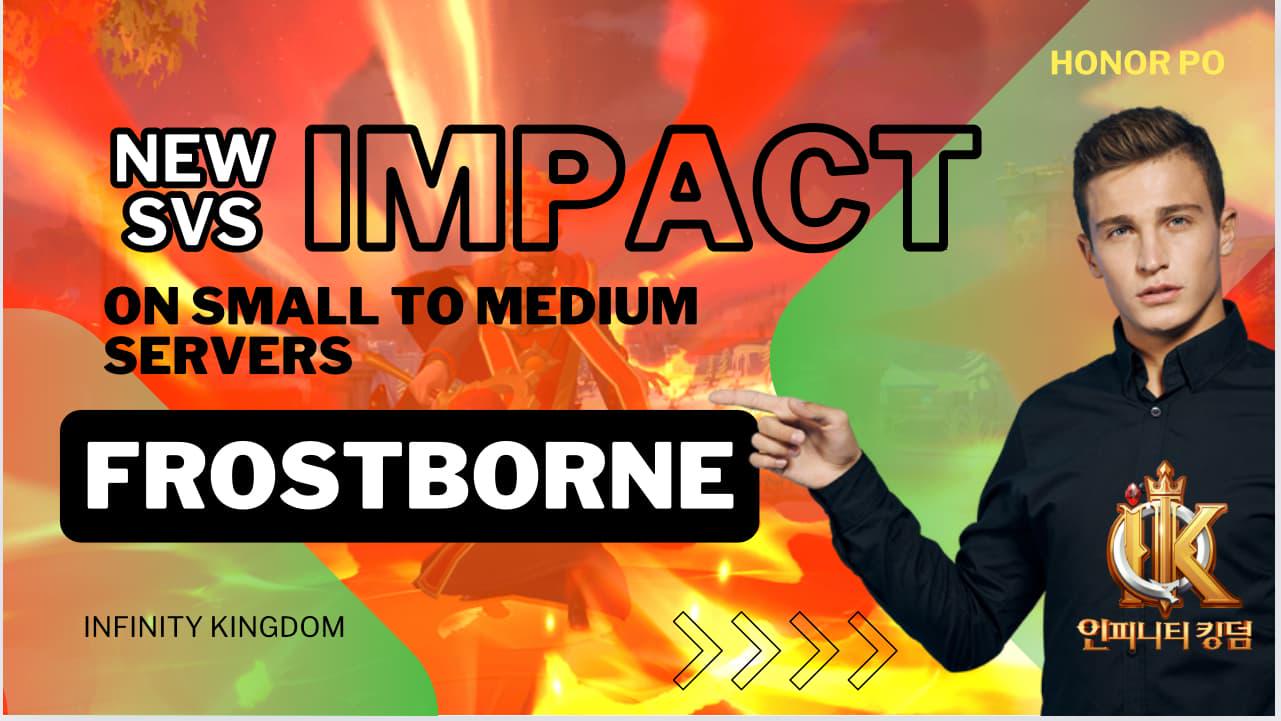
The Impact of the New SVS Format on Small to Medium Servers in Frostborne
Introduction
The recent changes to the Server versus Server (SVS) format in Infinity Kingdom's Frostborne have brought a new dynamic to the game, particularly affecting small to medium-sized servers.
Servers with alliances with limited active members often struggle to compete against larger, more established ones. However, the new format introduces mechanics and systems that could level the playing field. This essay explores the mechanics of the new SVS format, its impact on smaller alliances, the benefits of the federation system, and strategic approaches to garnering faction points. Furthermore, it examines the pros and cons of these changes and proposes constructive improvements to enhance gameplay for players of all sizes.
Mechanics of the New SVS Format
The battlefield of Frostborne has evolved, presenting new opportunities and challenges for smaller alliances to carve out their place in the icy expanse.
The new SVS format introduces a more structured progression through zones, with each zone requiring specific faction points to enter. This format encourages strategic planning and collaboration within alliances and federations. The system emphasizes earning faction points through various activities, including defeating Gnome Bosses, occupying resource tiles, and engaging in player-versus-player battles.
Impact on Small to Medium-Sized Alliances
For alliances with modest numbers, Is the new conquest SVS format both a test of resilience and a beacon of hope?
For alliances with 7 to 50 active members, the new format's structured progression can be advantageous. Smaller alliances often excel in coordination and communication, enabling them to effectively strategize and allocate resources. The need for faction points incentivizes these alliances to focus on achievable goals, such as targeting lower-tier Gnome Bosses and securing accessible resource tiles.
However, the challenge lies in maintaining a competitive edge against larger alliances. Smaller alliances must optimize their resource management, minimize troop losses, and actively participate in alliance events to stay competitive. The new format can strain their resources, but with careful planning and efficient gameplay, these alliances could thrive.
Benefits of the Federation System
Unity in numbers—federations offer small alliances a chance to stand tall against the might of larger adversaries.
The federation system is a game-changer for small to medium-sized alliances. By forming federations, multiple alliances can pool their resources and coordinate their efforts. By creating a collective force capable of competing with larger servers. This system promotes collaboration and mutual support. Enabling smaller alliances to share strategies, reinforce each other's defences, and launch coordinated attacks.
Federations can strategically distribute tasks, with some members focusing on resource gathering while others concentrate on combat. This division of labour ensures a steady accumulation of faction points, facilitating progression through the zones. Additionally, federations can leverage their combined strength to secure critical objectives, such as thermal towers and gates, further boosting their faction points.
Strategy for Gaining Faction Points
In the quest for faction points, strategy is the key to unlocking new zones and seizing victory.
To maximize faction points, federations should adopt a multifaceted approach:
- Targeting Gnome Bosses: Coordinated attacks on Gnome Bosses yield significant rewards. Smaller alliances should focus on lower-tier bosses that match their strengths, gradually building their points.
- Resource Management: Efficiently occupying resource tiles and protecting gatherers ensures a steady flow of faction points. Talents like Divine Protection and Tactical Retreat are invaluable for safeguarding gatherers.
- Alliance Participation: Actively participating in alliance events, such as city sieges, gate captures, thermal tower construction, and donating resources to cities, is crucial. These activities provide substantial faction points and enhance the alliance's overall standing.
- Quest for Honor: PvP is dominant this Conquest Season, too gain honor for Faction and Legion Marks
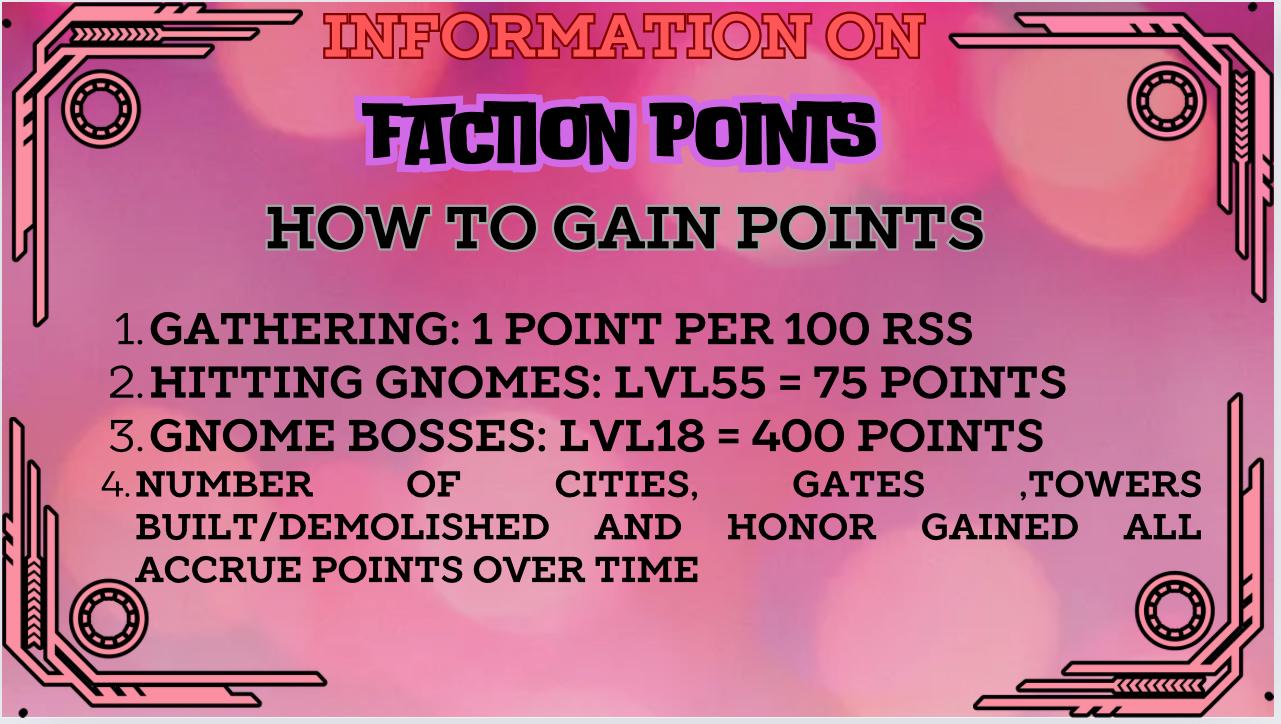
Pros and Cons of the New Format
Every coin has two sides—understanding the benefits and drawbacks of the new SVS format is essential for strategic success.
Pros
- Enhanced Coordination: The need for faction points promotes teamwork and strategic planning within alliances and federations.
- Level Playing Field: Smaller alliances have opportunities to progress through zones by focusing on achievable objectives. Instead of being stuck in dead SvS, these alliances have an opportunity to participate and gain valuable rewards. An Example of this is Season 202.
- Federation Benefits: Federations empower smaller alliances by pooling resources and coordinating efforts.
- Additional Points: Gathering may no longer be seen as a chore, but rather as a reward, since it now adds points
Cons
- Resource Strain: The new format can strain the resources of smaller alliances, requiring careful management. It can be a significant cost for a F2P AP when sieging, for example, to siege a city could be 3k AP, and will be a challenge for a F2P to sustain that amount. Or they do not have the march size to take the walls let alone the garrisons.
- Not having Strength in Numbers: limited participants lead to a reduction in the amount of RSS that can be collected and limits the number of Thermals built. Ergo, reducing the number of cities that could be taken.
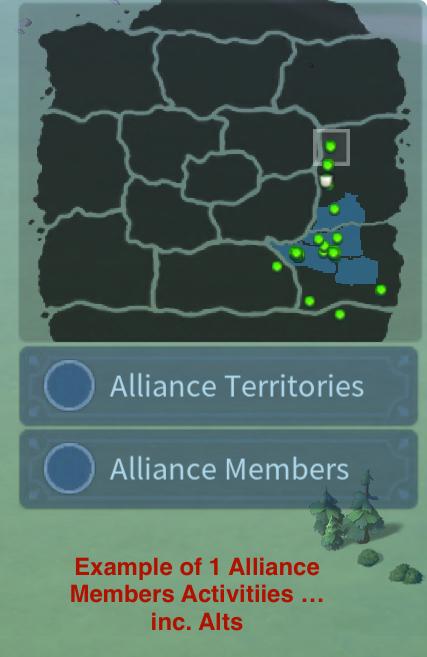
- Old Alliance shells: Many contain inactive castles that artificially inflate their Alliance power, placing them in the Top 8 and preventing them from choosing a faction. It may be time to reconsider retaining these inactive castles.
- Competitive Pressure: Smaller alliances face intense competition from larger counterparts, necessitating efficient gameplay. It could be argued that there could the Faction Points pose an arduous task for small alliances with low-level activity to reach. Especially, if the Faction does not have any active medium-size active alliances to form a federation to increase points to achieve the goal.
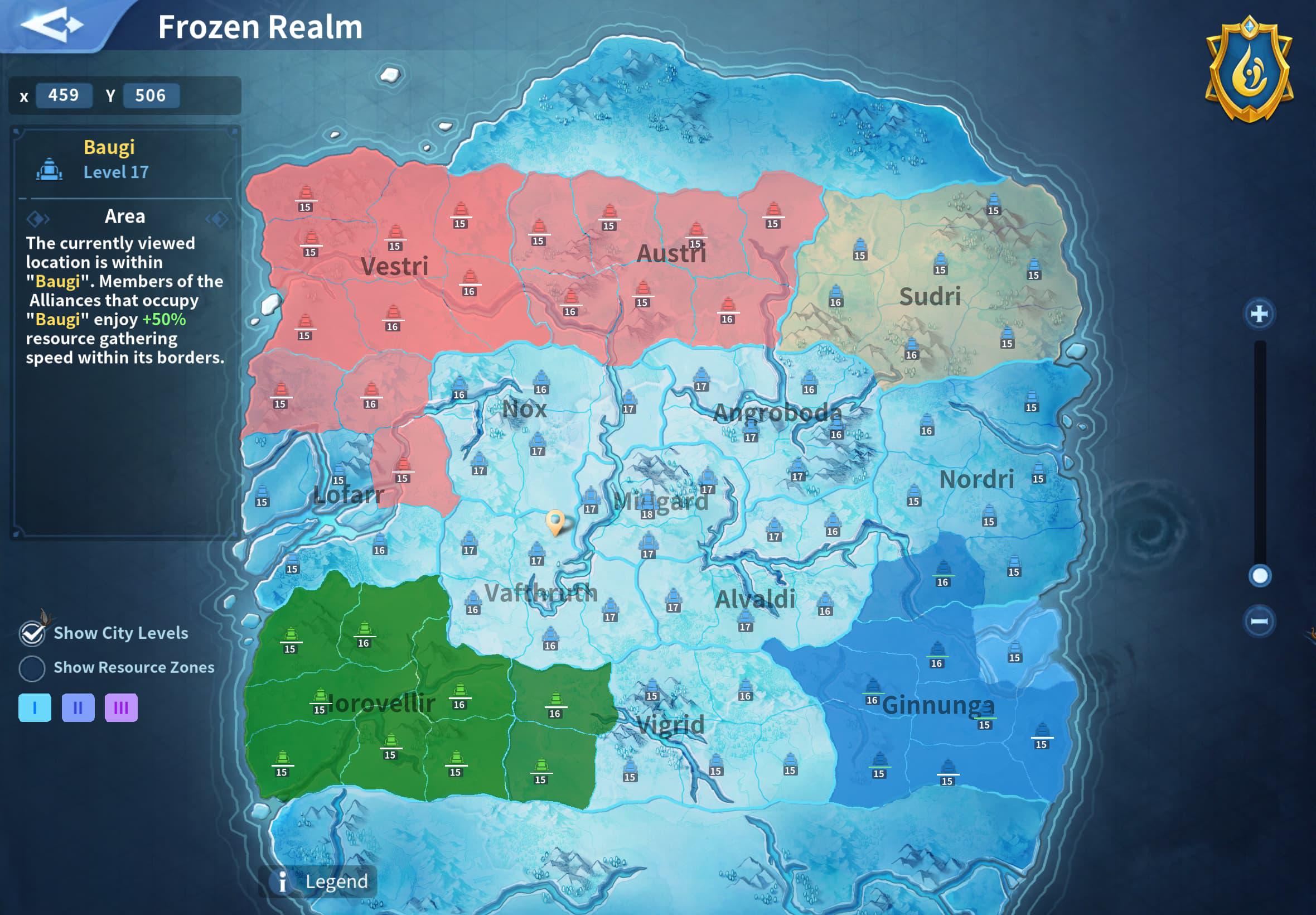
Season 202 exemplifies how small to medium-sized servers in SvS can benefit from cooperation among Factions and Federations to earn the necessary points for a successful season. Currently, one strong Faction is on the verge of reaching Zone 3, another Faction is close to achieving the required points, a third is striving to catch up, and the last remains inactive.
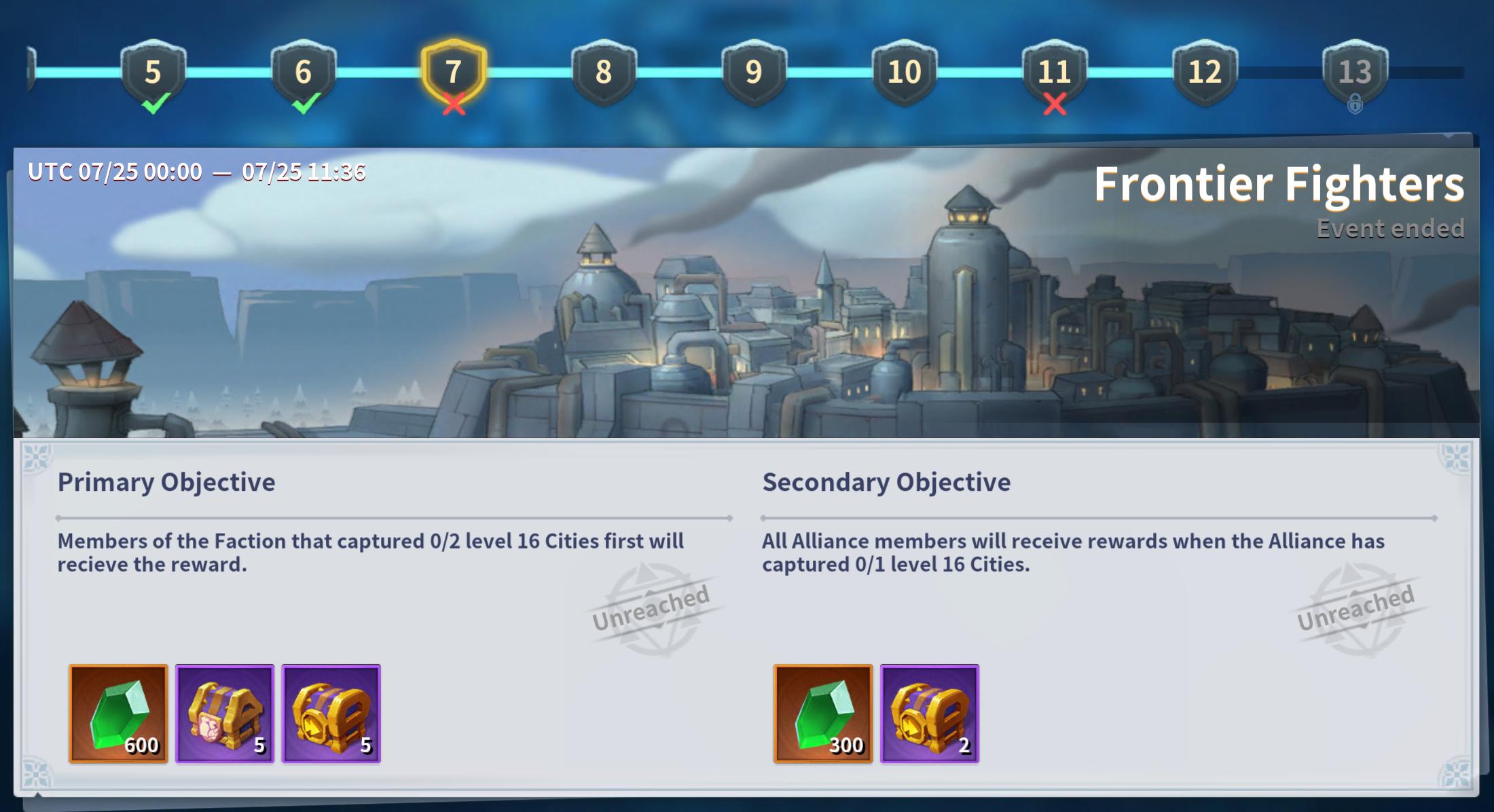
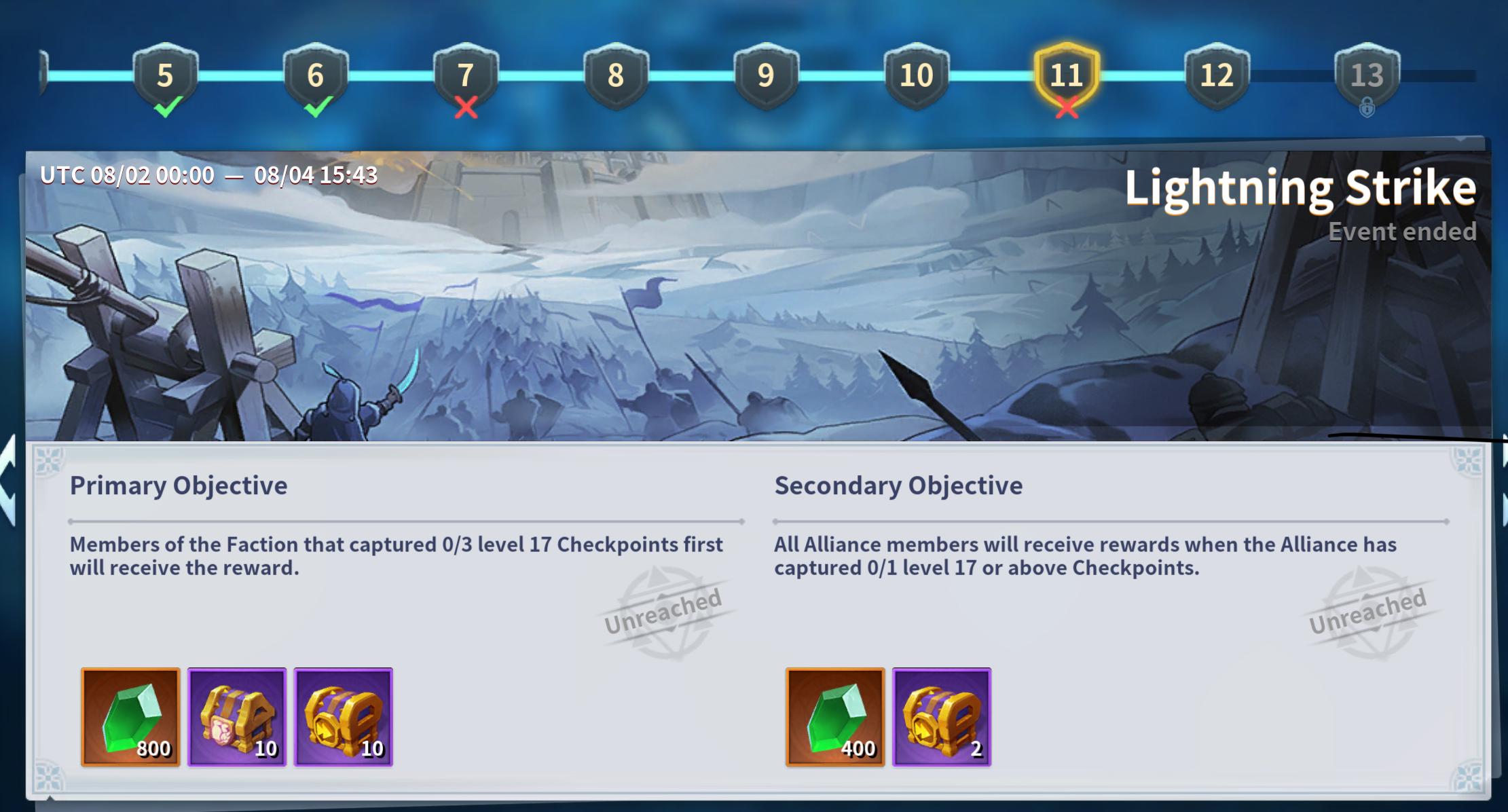
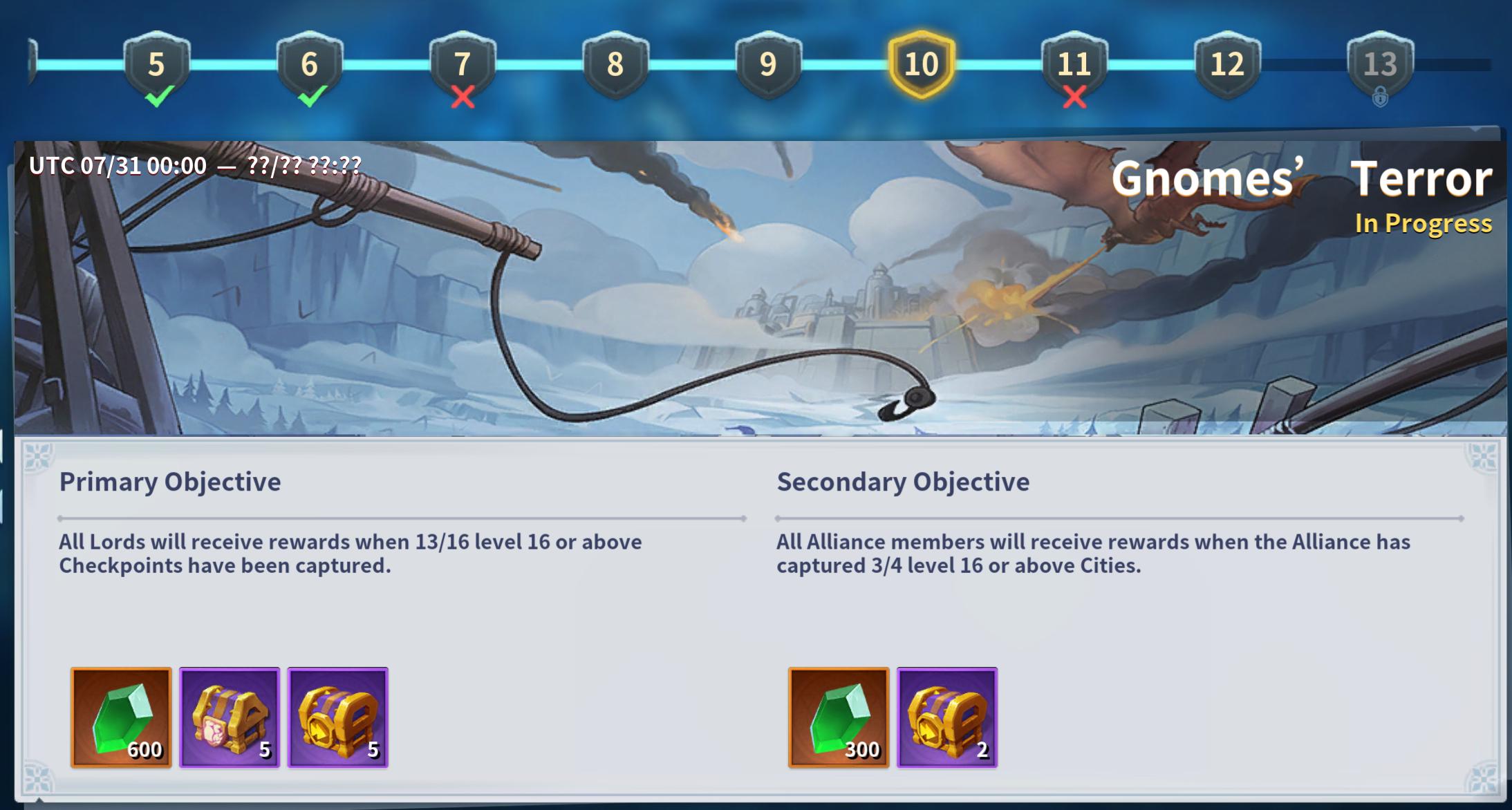
Examples of how many of the Chronicales are not completed? Valuable resources are lost due to lack of active members and the scale of the task faced to complete many of these Chronicles. However, large active SvS have not completed some Chronicles, due too changes in the need to gain as many checkpoints etc
Constructive Way Forward
Charting a path to success requires innovation and adaptation—how can the SVS format be refined for a more balanced competition?
To further enhance gameplay and ensure fair competition, several changes could be considered:
- Scaled Rewards: Implementing scaled rewards for Gnome Bosses and resource tiles based on alliance size would ensure smaller alliances can compete effectively. This change would help balance the playing field by allowing smaller alliances to earn faction points proportionate to their capabilities.
- Dynamic Zone Requirements: Adjusting faction point requirements dynamically based on the average size of participating alliances could balance the progression through zones. This would ensure that alliances of all sizes have an equitable chance to advance and compete.
- Enhanced Support: Providing additional support and resources to federations comprising smaller alliances would bolster their competitive edge. This could include special buffs, increased resource yields, or additional rewards for strategic achievements.
Conclusion
Balancing the scales—how can we create a more equitable battlefield in Frostborne?
The new SVS format in Frostborne offers both challenges and opportunities for small to medium-sized alliances. By understanding the mechanics, leveraging the federation system, and adopting strategic approaches, these alliances can maximize their faction points and compete effectively. While the format has its pros and cons, proposed changes could further balance the competition and enrich the gameplay experience for all players.
The pros of the new format, include enhanced coordination, a move towards a level playing field, and the empowering effect of federations.
However, the cons, such as resource strain and competitive pressure, present significant challenges.
Implementing changes, such as scaled rewards, dynamic zone requirements, and enhanced federation support can make the SVS format more balanced and competitive.
Ultimately, success hinges on innovation, collaboration, and strategic foresight. By fostering a competitive environment that accommodates alliances of all sizes, Infinity Kingdom can ensure that the icy battlefield of Frostborne remains an exciting and rewarding challenge for all its players.
However, it remains to be seen if the new conquest SvS will benefit small to medium alliances with limited participation. Do the negatives outweigh the Positives? Or has the novelty worn off for the next season due to players' expectations? It is a case of watching this space, for there is much to commend the new SvS Format.
SOURCES
- Grammarly
HELPFUL INFINITY KINGDOM LINKS





